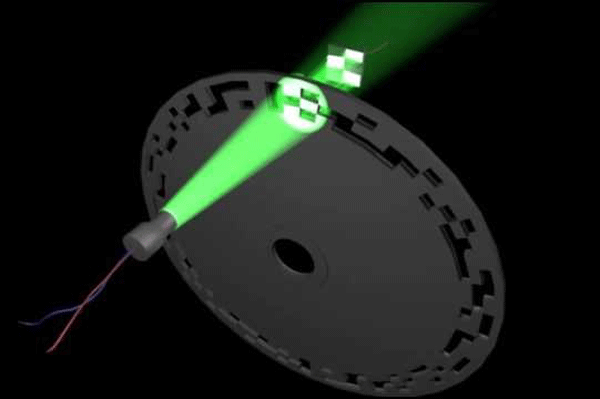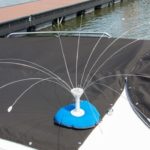The optical rotary encoder is one of the most important devices of today’s industry. It converts angular motion into a digital or analog code. Although an indispensable part of motion-sensing applications, not many are familiar with this electromechanical device and its use.
Optical Rotary Encoder Explained
This small-sized, but extremely versatile device is also known as a ‘shaft encoder’ and its main function is to provide digital data or output signals based on physical-mechanical measures. Furthermore, encoders also find use as sensors for length measurement, motion control and positioning applications. This electromechanical device is resistant to vibration and shocks and offers high precision, which is crucial in industrial applications. They are designed for either light, medium or heavy duty applications and usually all models are dust and splash proof.

How Does Is Work?
The rotary encoder uses optical sensing technology, relying on the rotation of internal-code disc that features opaque lines and patterns. According to the different electrical circuit and internal-code disk, there are two main types of optical rotary encoders:
- Incremental Optical Encoders – They produce square-wave and sinusoidal outputs, giving an incremental number of PPP (Pulses Per Revolution). The signals coming from the incremental optical encoders are used for controlling the rotation direction and speed by increasing the resolution and avoiding the disturbances. Incremental optical encoders usually feature a ‘0 index’, which is actually a reference marker for ‘home position’.
- Absolute Optical Encoders – Being specially made to provide multi-bit digital data information, the absolute optical encoders specifications are the single-turn code repetitions for every shaft revolution. This particular model has different bit-mask for every angular position, defined as CPR (Code Per Revolution) expressed in bits.
Optical rotary encoders are used in a wide range of applications, but these small-sized devices play a special, highly important role in:
- Motion Control – the most common application the optical rotary encoder is mounted to, making sure that the direction and the speed are correct.
- Conveying – an industrial application where the encoder controls the position and the speed of the motor and the intermediate axle shafts along conveyors.
- Web Speed or Tension Control – in this application, the encoder is used to control unevenness, thus maintain an even tension.
- Automated Packing Machinery – the great number of axes of high-speed rotary motion featured in automated packing machinery require feedback for motion control which is exceptionally provided by the encoder. This type of encoder is most commonly used in automated packing machinery.
















